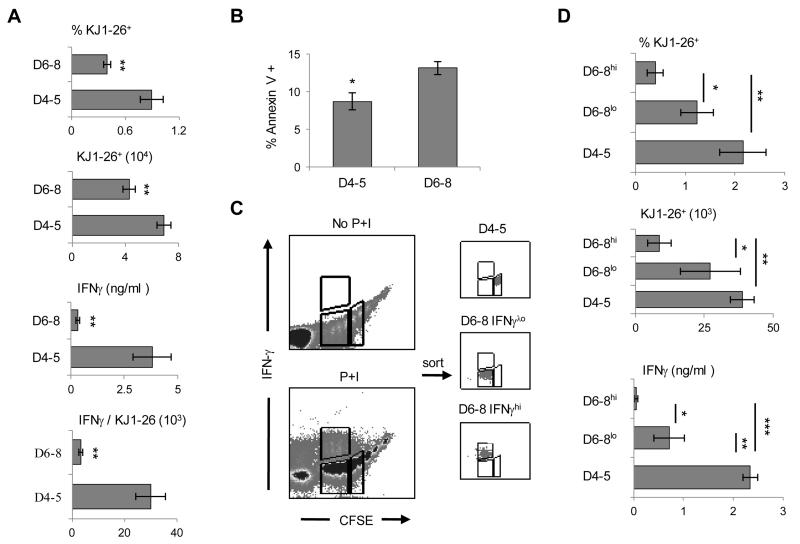Figure 3. Late effectors display survival disadvantage relative to early effectors.
The BALB/c LN effectors were sorted from each division and the early (D4-5) and late (D6-8) effectors were transferred into Rag2−/− mice. Four months later, the SP cells were harvested and in (A) the percentage and absolute number of surviving CD4+KJ1-26+ cells were measured by flow cytometry and their IFNγ responses were evaluated by ELISA. In (B) unseparated LN cells were cultured for 42hrs in the presence of OVAp and then stained with Annexin V. The cells were then gated on CFSE and Annexin V binding was analyzed on each division. The bars show the mean percent of Annexin V+ cells for early (D4-5) and late (D6-8) effectors. (C) Prior to transfer, the CFSE-positive D2-8 effectors were sorted and stimulated with PMA and Ionomycin (P+I), labeled and analyzed for IFN-γ production (left panel) and IFNγhi and IFNγlo cells of D6-8 and D4-5 cells were separated and re-analyzed for IFNγ to confirm the purity of separation. In (D) hosts of the sorted IFNγhi and IFNγlo late effectors were sacrificed 6 weeks post transfer and the percentage, absolute number and IFNγ production by the CD4+KJ1-26+ splenic cells were measured as in (A) and compared with D4-5 early effectors. The graphs represent the mean of at least three independent experiments. * p< 0.05, **p< 0.01, ***p< 0.005.

